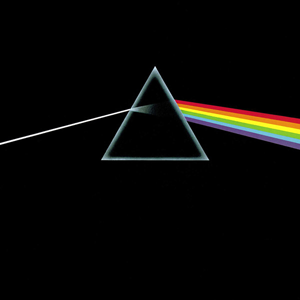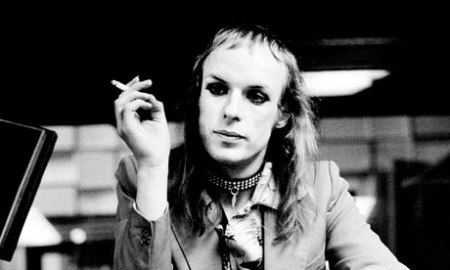Still remains as one of the best albums of our times. You can still find this album floating around the charts of the Billboards top 200. It was a huge game changer for it’s time and artistically viewed from beyond this world. In the recordings you can hear the use of tape loops and multi-track recording. They also ramped up heavily the use of synths seeing that some tracks are almost completely composed of synth use. The release of this album was almost the antithesis of how record companies were promoting their artist at the time. Pink Floyd wanted nothing to do with releasing singles seeing that they wanted to write a complete cohesive album. Enlisting Storm Thorgerson to create the album art, Pink Floyd walked away with one of the simplest but daring album covers ever to exist. Their names weren’t even on the cover, but they managed to sell millions of records.
What sets the album apart is the darker feel and message of the entire album. Straying away from the pop love lyrics, Pink Floyd spoke about deeper issues. Self-reflection, thoughts about death, questioned sanity, and outlooks on life were common themes throughout the entirety of the album. It was something real that connected the artist to its listener. Also unheard of at the time was the marketing strategy. If you didn’t know what that logo on the side of the vinyl sleeve was you wouldn’t know to buy Pink Floyd’s new album nevertheless it still managed to sell millions. This was a wake up call to how the record companies ran promotions.
This as an artist makes an impression on my thoughts of music for the future. It answers my question of how to make music that will be timeless. This album serves as a blueprint of what one must do if they want to have their music remembered 40 years later. It’s not just in the musicality of the album, but the attitude of the artist who are Pink Floyd. You have to be willing to venture out and experiment. Make changes to your sound and process to make something revolutionary that people will want to remember for years to come. Five years down the road I hope from a producers standpoint that when I work with an artist I will push them to the bounds of their creativity to help them create something timeless. With my craft and input, I would like to help them not become a passing fad that flames out by the next summer.


